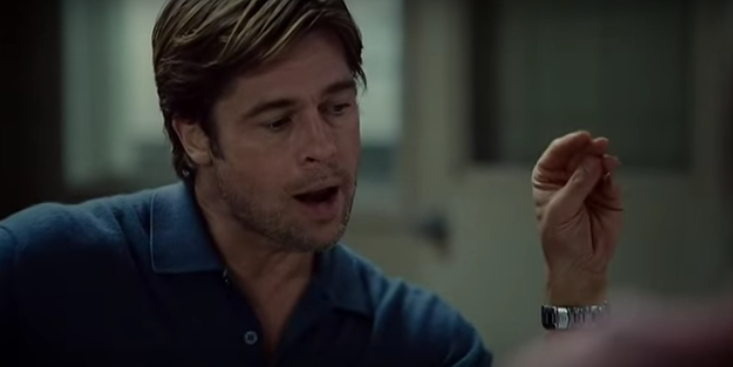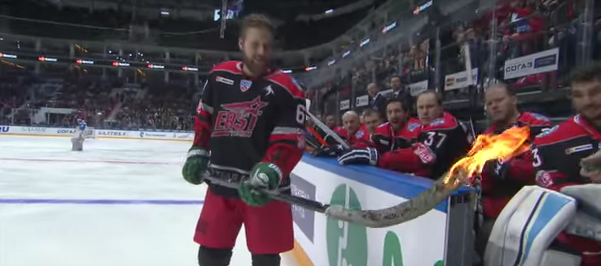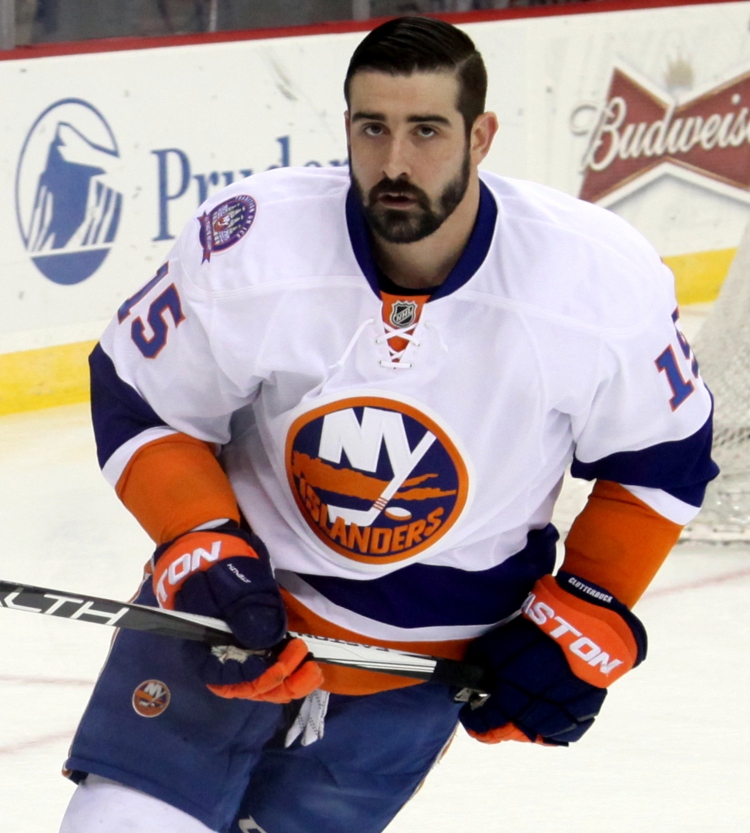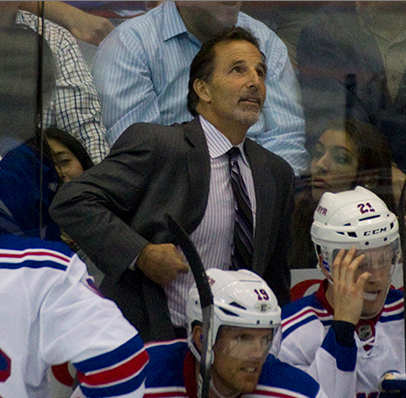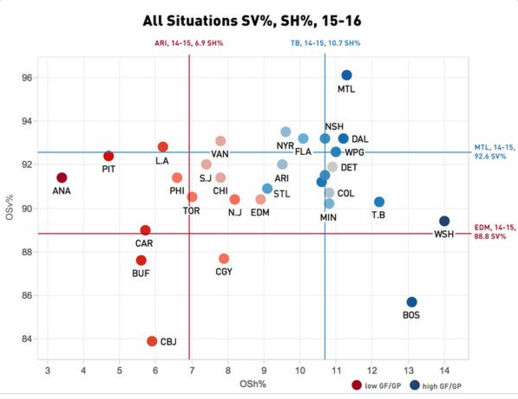Corsi has a lot of flaws. First of all, it’s not an accurate measure of possession. Corsi is just shot attempts, so it doesn’t actually measure how often a team has the puck on its stick, or its time in the offensive zone, or any other useful metric like that. Second, all shots aren’t created equal. Corsi treats a feeble wrister from the point with no traffic in front the same as a point-blank one-timer in front. Finally, it doesn’t take into account compete level or chemistry. I’m not sure why people try and use Corsi to evaluate teams.
I have come up with a far superior way to evaluate them. I called it Inceptum. Inceptum is a little difficult to explain, but the important thing is that it does a good job at predicting what will happen for the rest of the season. So if you want to know whether the team you support is as good as (or better than) its record, don’t look at goal differential, don’t look at Corsi — which isn’t even real possession — look at Inceptum, which has been shown to do a better job of predicting the results from the rest of the year than any box-score measures.
Goal differential after 10 games, for example, explains 23% of the variance in end of season goal differential, while Inceptum explains 32%! My metric is certainly not perfect, and one always has to take into account contextual factors and the eye test — luck plays a big role as well — but it’s one of the best evaluative tools we now have.
Continue reading →
